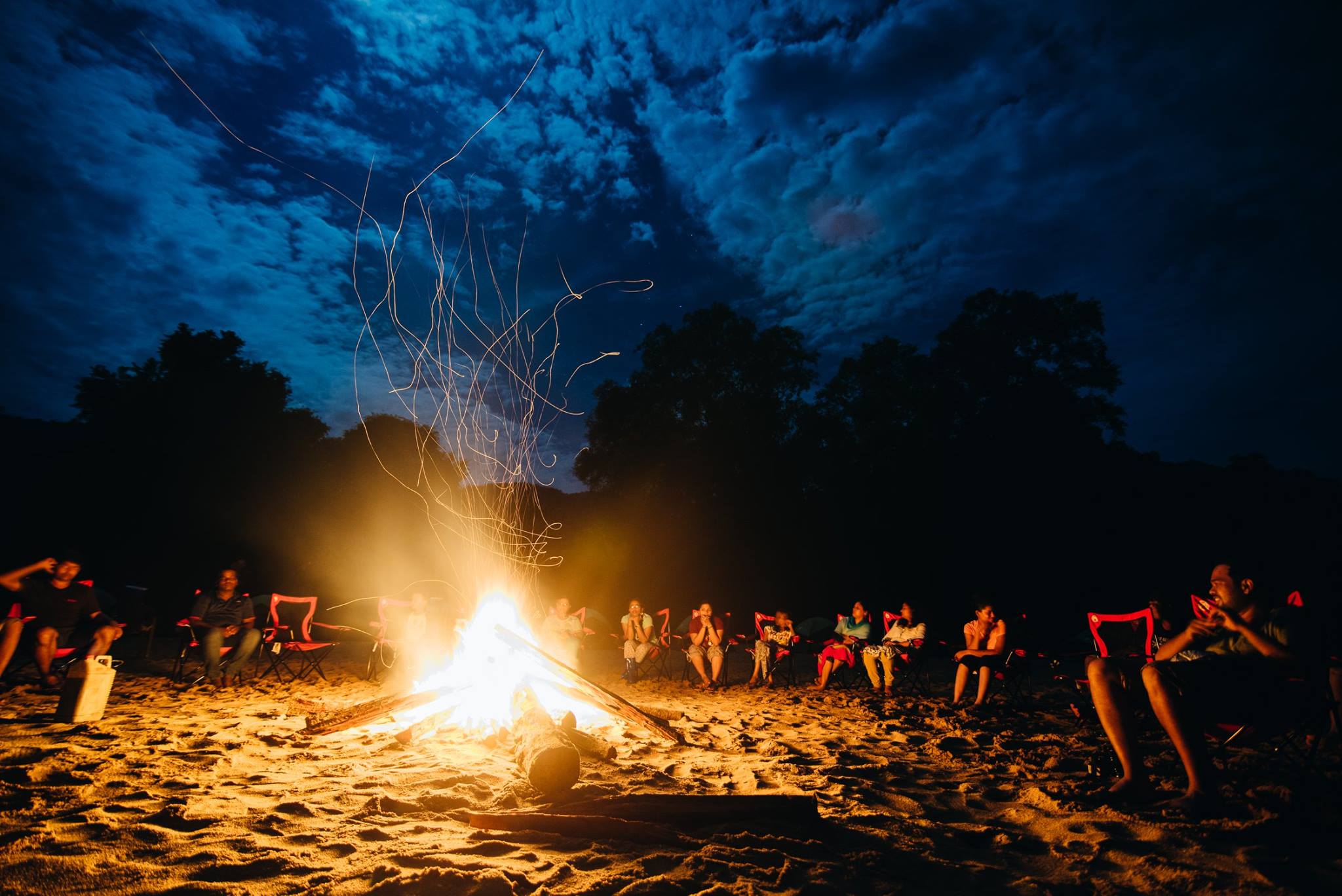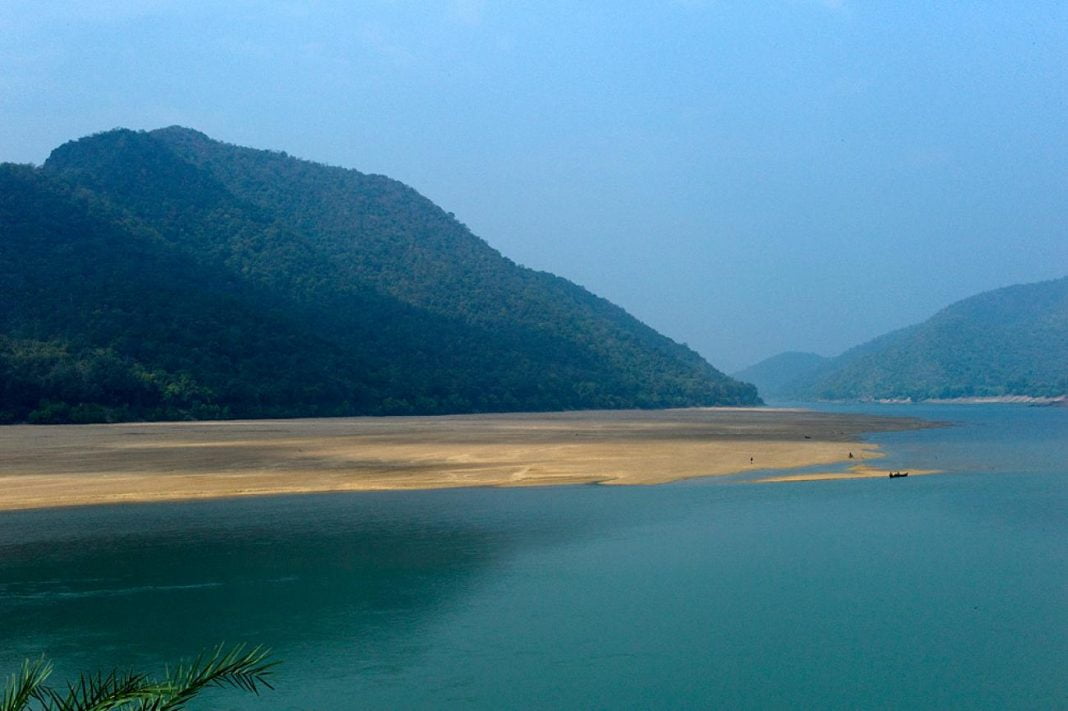Bhubaneswar: The community-based Nature Tourism in Satkosia Tiger Reserve on the banks of the Mahanadi, touted as a success story, is now embroiled in a controversy with the Wildlife Society of Odisha alleging that it violates guidelines issued by the National Tiger Conservation Authority (NTCA) and also Supreme Court’s earlier orders, prohibiting harmful tourism inside tiger reserves.
Allegations
“River beds are unique ecological spaces that deserve to be left alone. No activity on a river bed should be permitted inside a Tiger Reserve since it snatches away wildlife feeding and basking area,” secretary of Wildlife Society of Odisha, Biswajit Mohanty said in a statement. He also mentioned that the sound of folk dance and music disturb animals. “Activities such as volleyball, basketball on sand makes the habitat unsuitable for ground-dwelling, burrowing and egg laying fauna,” he added.
Mohanty further said that the Mahanadi river bed within the reserve area is used for basking and nesting by turtles and crocodiles. Birds like Indian Skimmers, Terns and Pratincoles also use it for nesting and feeding.

Another issue pointed out by Mohanty is that lighting of bonfires at night affects nocturnal wildlife. “(Bonfires) disorient their vision thereby impacting their ability to feed and move about freely,” he explained.
Mohanty suggested that the entire tent resort can be shifted outside the river bed and relocated on the outskirts of Badmul or another village with a strict condition not to allow bonfires or folk dances.
He also highlighted that motorized boat cruises inside the gorge region which is the core area of Tiger Reserve disturbs aquatic fauna like turtles, fish, crocodiles and avian fauna like migratory water fowl. Very often crocodiles and turtles that are basking on the river bank have to dive when they see the approaching tourist boat which affects their metabolism dependent upon winter basking.
“Boating of any kind inside the Mahandi river gorge should be completely banned as it affects wildlife . Birds like migratory water fowl cannot even rest or feed properly once they sight an approaching boat whether it is a country boat or a motorized boat,” explained Mohanty.
The Response
Speaking to Odisha Bytes, Mahanadi Wildlife Division DFO Anshu Pragyan Das refuted the allegations and said the project lay outside the sanctuary and wildlife area as well. “The ecotourism project is in revenue village area, within permitted tourism zone of management plan. It is managed by villagers not by department,” she explained.

Das pointed out how because of the eco-tourism project at Badmul, there has been zero fires and zero poaching in the area. “Poachers are getting livelihood from it (the project). Six villages are living from this project which has reduced their dependence on the forest,” she said.
The local villagers are adopting the concept of eco village too, where no plastic is used, she added.
The Projects
Badul in Satkosia is one of the popular eco-tourism projects undertaken by the forest department where 90 per cent of the revenues generated goes back to the community. The community members are stakeholders of the project. This sustainable project has generated Rs 1.3 crore in revenue in 2018-19, up from Rs 60 lakh the year before and Rs 27 lakh in 2016-17.
Resident villagers, who were poverty stricken earlier, now earn a healthy Rs 1.5-2 lakh a year per family.
Like Mangalajodi in Chilika, the forest department runs a “Poachers Turned Protectors of Satkosia” programme here as well.


Comments are closed.